Kindergarten 3: Twisted Lessons and Brilliant Design in the Weirdest School Around
The indie scene thrives on creativity, and few titles lean into absurdity and satire quite like Kindergarten. Now, with the release of Kindergarten 3, the series returns stronger, weirder, and smarter than ever. It's a bizarre cocktail of puzzle-solving, branching dialogue, and cartoon chaos—something like if a Saturday morning cartoon met an escape room designed by lunatics. Yet somehow, it all works.
Whether you’re a long-time fan or curious newcomer, this installment brings back everything the series is known for—clever mechanics, strange humor, layered missions—and adds polish across the board. From multiple platform options to free updates and unblocked browser versions, this is one of the easiest dark comedy puzzle games to pick up and play in 2025.
Deep Mechanics Hiding Beneath a Playground Surface
At first glance, Kindergarten 3 still resembles a simple side-scrolling school simulator, but once you begin interacting with its cast of wildly unhinged students and teachers, the game reveals its real depth. Every choice matters. Each dialogue branch has consequences. Your mission progress depends on remembering the smallest clues and planning your actions with precision. It's essentially a narrative puzzle box where each day at school becomes an opportunity to uncover secrets—or suffer the outcome of a misstep.
The core loop revolves around individual missions that can only be unlocked by solving earlier ones. This means you’ll be playing and replaying days multiple times, testing out different approaches and seeing how even small changes ripple through the game’s events. Trial and discovery is the heart of the experience, and success often requires both logic and a willingness to experiment.
Fresh Setting, Familiar Madness
This time around, the school setting has shifted to an eerie “correctional academy,” a place supposedly meant to improve misbehaving children. Of course, things go off the rails immediately. Returning characters show up with new motivations, and new faces add even more unpredictability. The writing continues to be sharp, irreverent, and intentionally over-the-top—rarely does a game find this balance of uncomfortable and hilarious so consistently.
Dialogue is the true weapon here. The branching paths are built on fast-paced conversations, hidden cues, and character routines that change based on your past behavior. You’ll often need to play multiple missions just to unlock one line of dialogue that opens a path forward. It’s this deep interconnectivity that gives the game surprising replayability and long-term engagement.
More Polished, More Playable
Compared to its predecessors, Kindergarten 3 is clearly more refined. The user interface has been cleaned up for better navigation, mission objectives are clearer, and the backpack inventory feels much easier to manage. A new save-point system also helps reduce the frustration that can come with repeated experimentation, making the process of figuring out new routes less punishing.
It's also better optimized across devices. Whether you install it on PC, play it on Steam Deck, or use a cloud gaming emulator on mobile, the experience runs well. There are even unblocked versions of the earlier entries available in-browser, and community support may bring Kindergarten 3 into that space too, giving students and office workers alike a discreet way to play.
Dark Comedy Done Right
The humor is still the defining flavor of the series—dark, ironic, and completely self-aware. The game constantly pokes fun at its own ridiculousness, turning mundane school activities into chaotic missions with wild outcomes. But underneath the silliness lies sharp commentary about authority, conformity, and childhood in general. That layered storytelling is what elevates the experience from joke game to something genuinely memorable.
Character design and dialogue continue to shine. Everyone from the unstable principal to the awkward lunch staff has exaggerated personalities, but they all serve a narrative function. Every interaction is intentional. The developers don’t just make jokes—they build character arcs through them.
Graphics, Audio, and Atmosphere
The visual presentation retains the series’ colorful 2D style with slight upgrades. Animations are smoother, environments have more detail, and new visual effects improve the atmosphere without overwhelming the cartoon aesthetic. Every room feels distinct, and players familiar with the previous titles will appreciate how many visual callbacks are subtly woven in.
Sound design supports the tone perfectly. Background music shifts from playful to tense depending on your choices, and sound effects help punctuate the absurd situations you’re navigating. Although there’s no voice acting, the writing is expressive enough to carry every interaction.
Extra Content: Mods, Cheats, and Replay Value
There’s already growing community support around Kindergarten 3 in the form of fan mods and alternate mission paths. While the base game has plenty of depth, mods expand replayability by introducing new scenarios, character skins, or tweaks to mission logic. Some even add tools for players who want to skip puzzles or access all items early. These work best on PC versions and require manual installation, but guides are easy to find for those who want to try them.
Cheats are not officially supported but can be toggled through certain community-created tools. They're mostly used for fun—bypassing certain dialogue gates or unlocking special content early—but they can also spoil progression if overused. As for unblocked access, earlier titles have browser-based versions that remain popular in restricted networks, and while *Kindergarten 3* isn’t yet widely available in-browser, that’s likely to change with time or modded support.
Conclusion: A Brilliantly Bizarre Sequel That Sticks the Landing
Kindergarten 3 isn’t trying to appeal to everyone—but for those who appreciate puzzle-heavy gameplay mixed with biting satire, it’s one of the most entertaining indie releases this year. With its improved mechanics, sharp writing, and sandbox-style approach to narrative choice, it rewards players who enjoy thinking outside the box. Whether you plan to install it on your main rig, test mods on a laptop, or find a way to play unblocked at school, there’s no shortage of chaos to uncover.
How to download Kindergarten 3
Kindergarten 3 can be downloaded on PC via Steam and itch.io. At launch, the game is not free but may include limited-time demos or bundled discounts with earlier titles. Official mobile versions are not available, but the game can be played on mobile through emulation or remote desktop platforms. Unblocked browser versions are currently limited but may appear via community support.
To install the game, purchase and download it through your preferred storefront, then follow the on-screen prompts. Minimum system requirements are light: a 1GHz processor, 4GB RAM, and integrated graphics will run it smoothly on both Windows and macOS.
Cheats and mods are community-driven and mostly found on fan forums and Steam Workshop. Mods allow for added content or easier mission access. While cheats can simplify the experience, using them early may reduce challenge. As for playing in restricted environments like school or work, previous titles have unblocked versions available online, and similar options may be created for this entry soon.
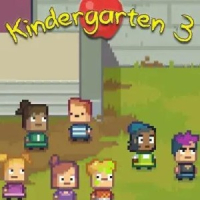


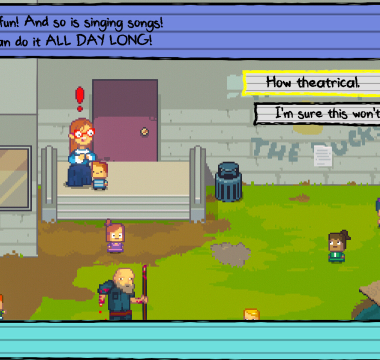
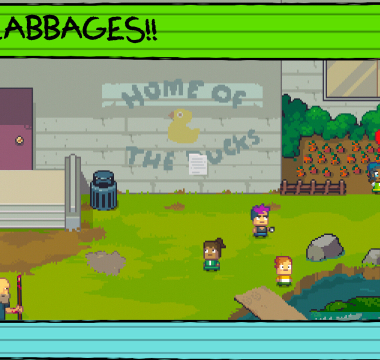
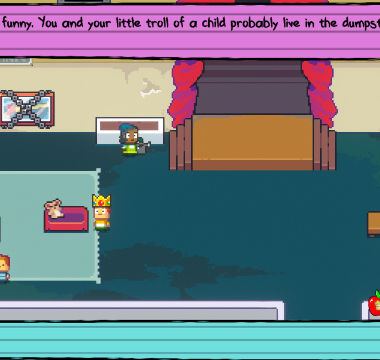
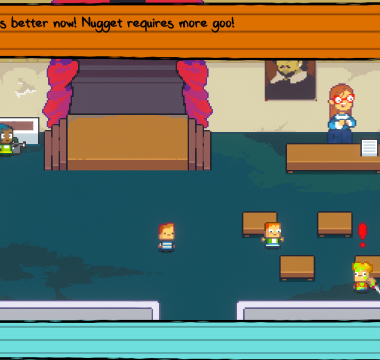
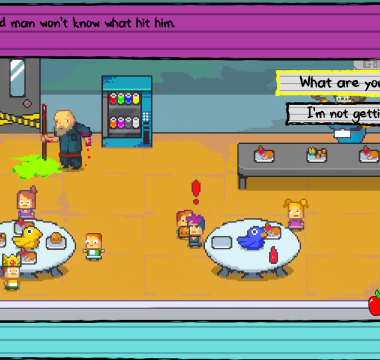
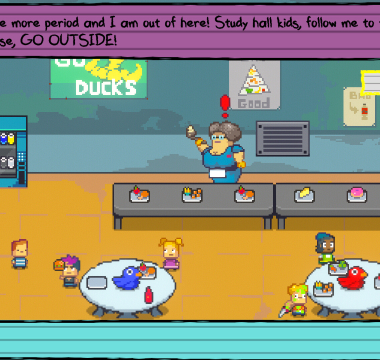
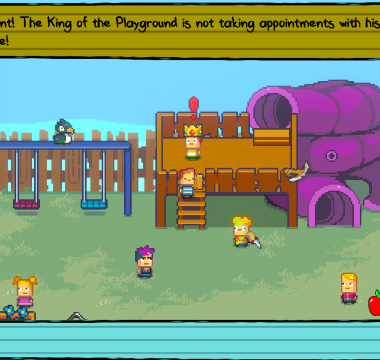

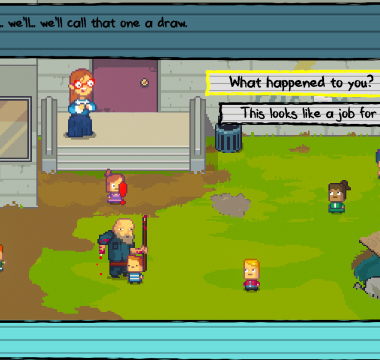
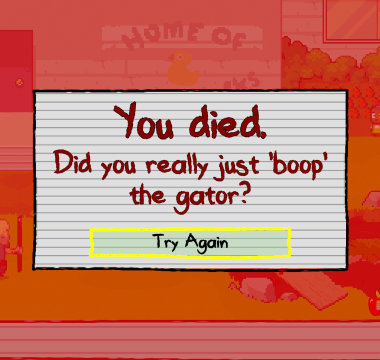






Leave a comment
Your comment is awaiting moderation. We save your draft here
0 Comments